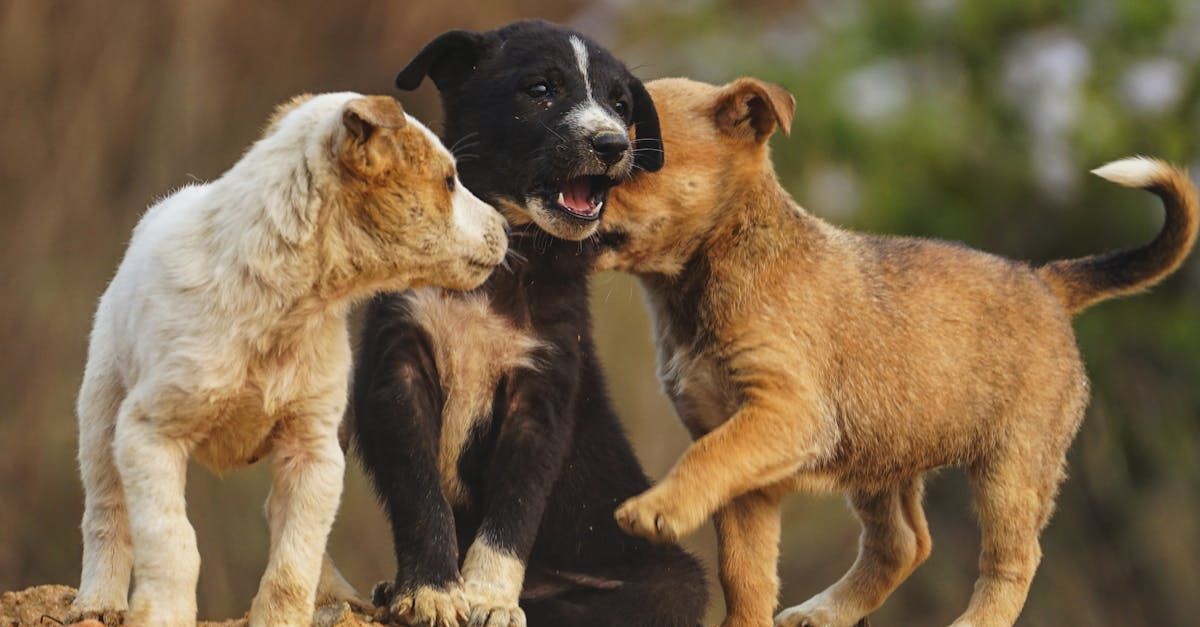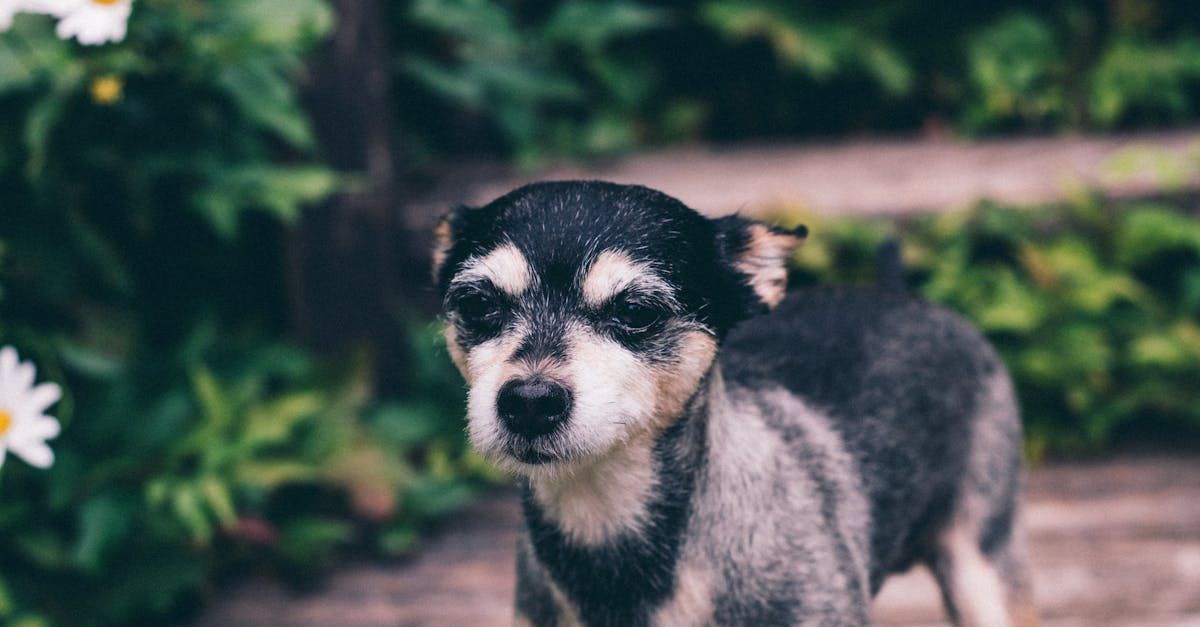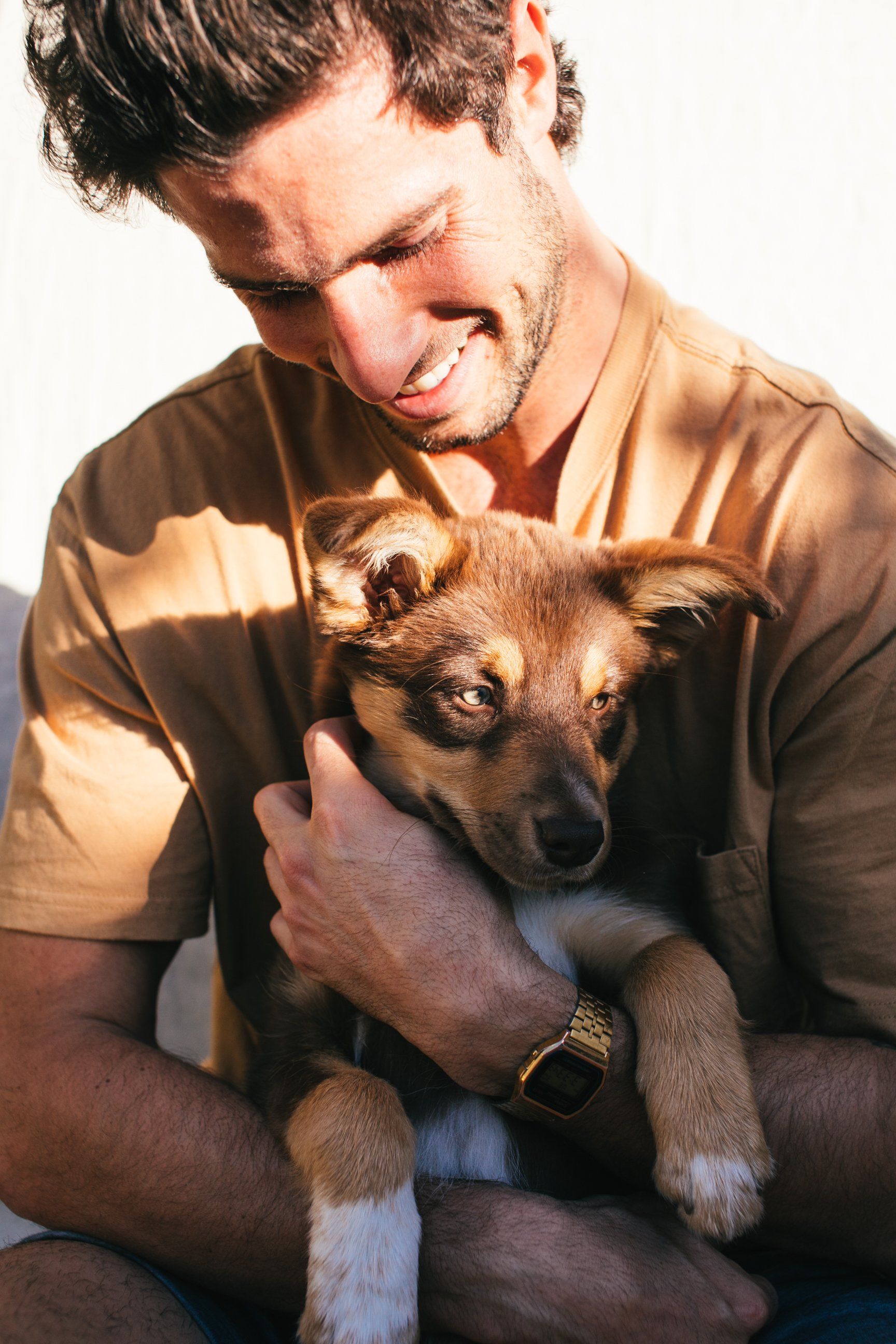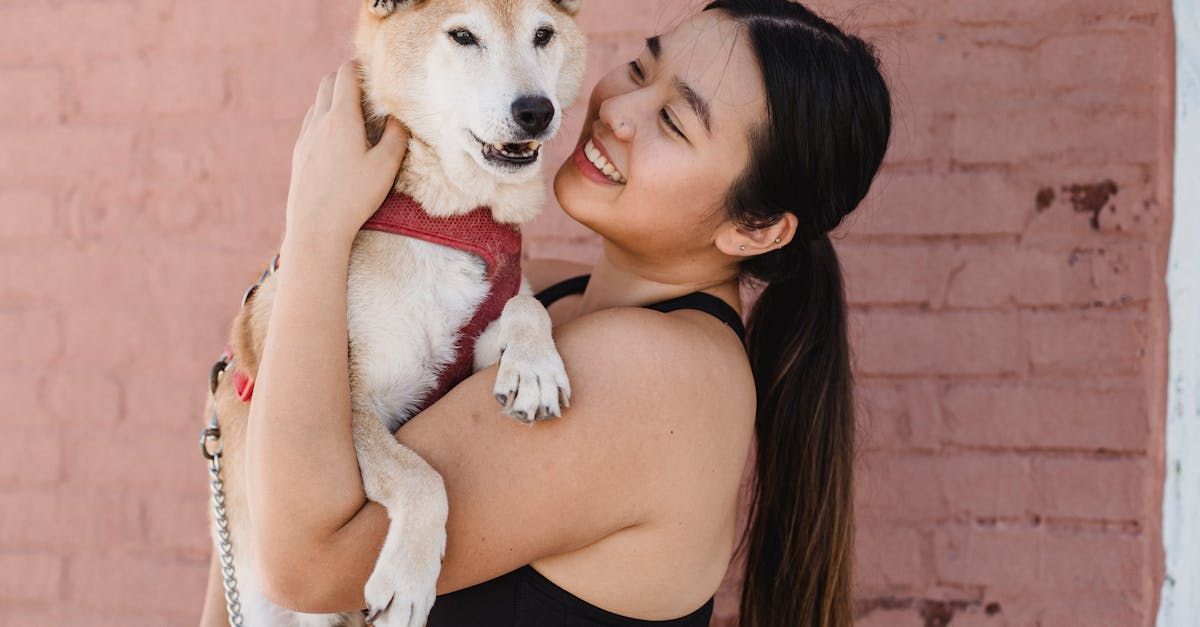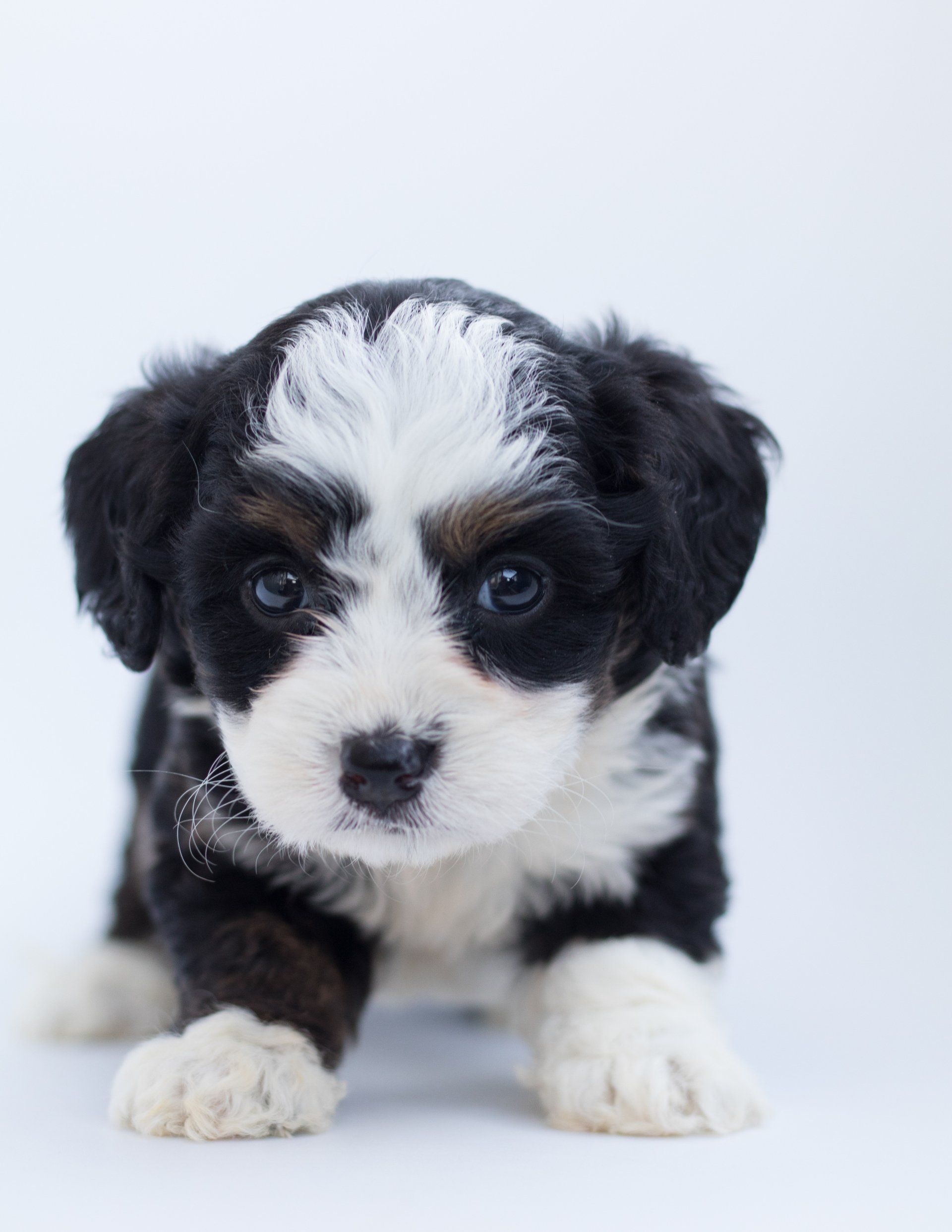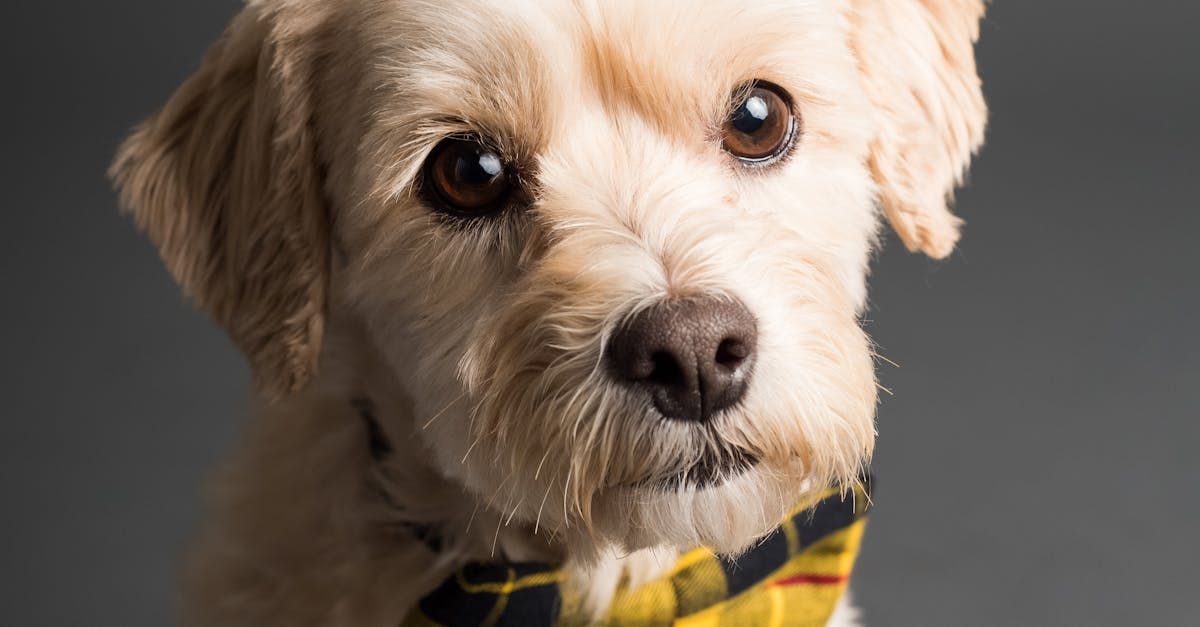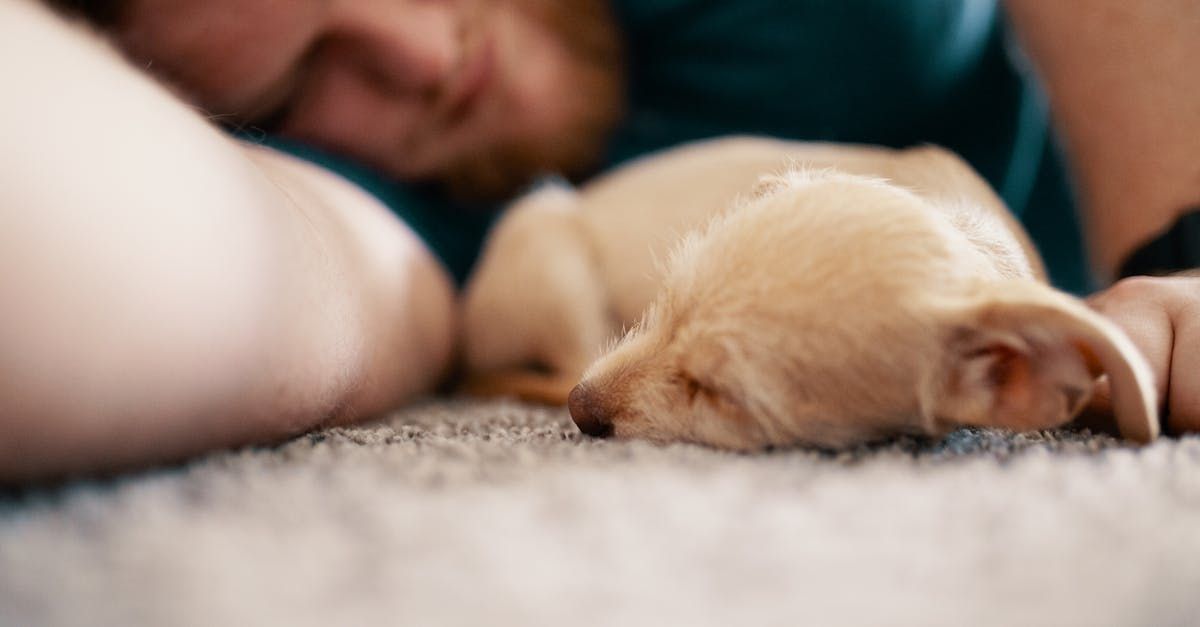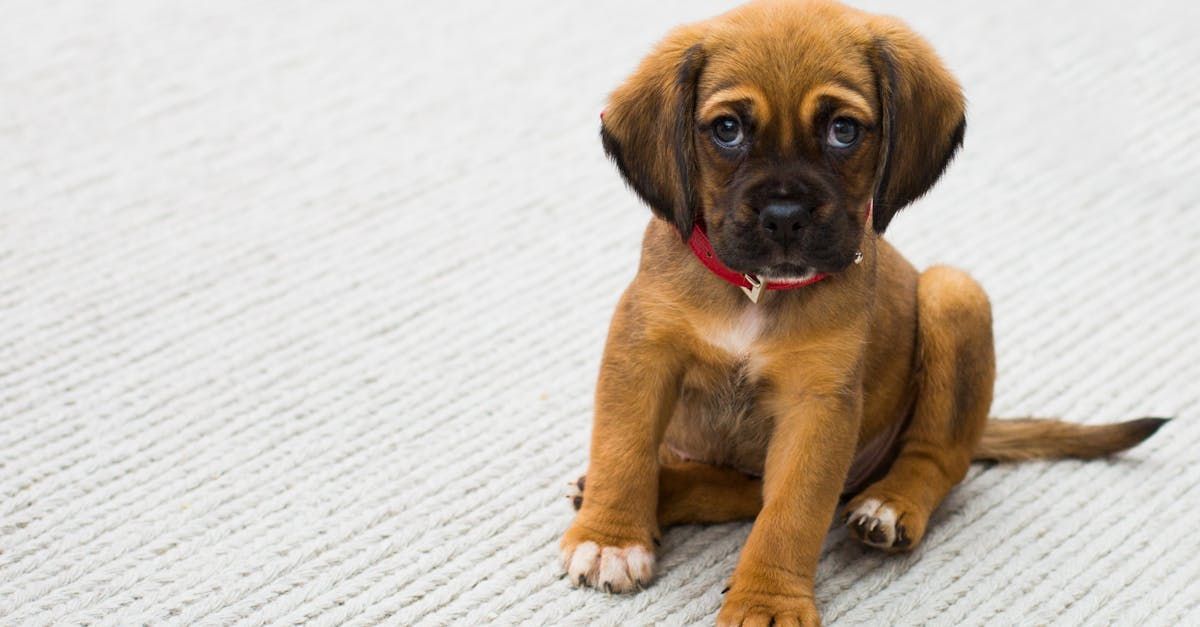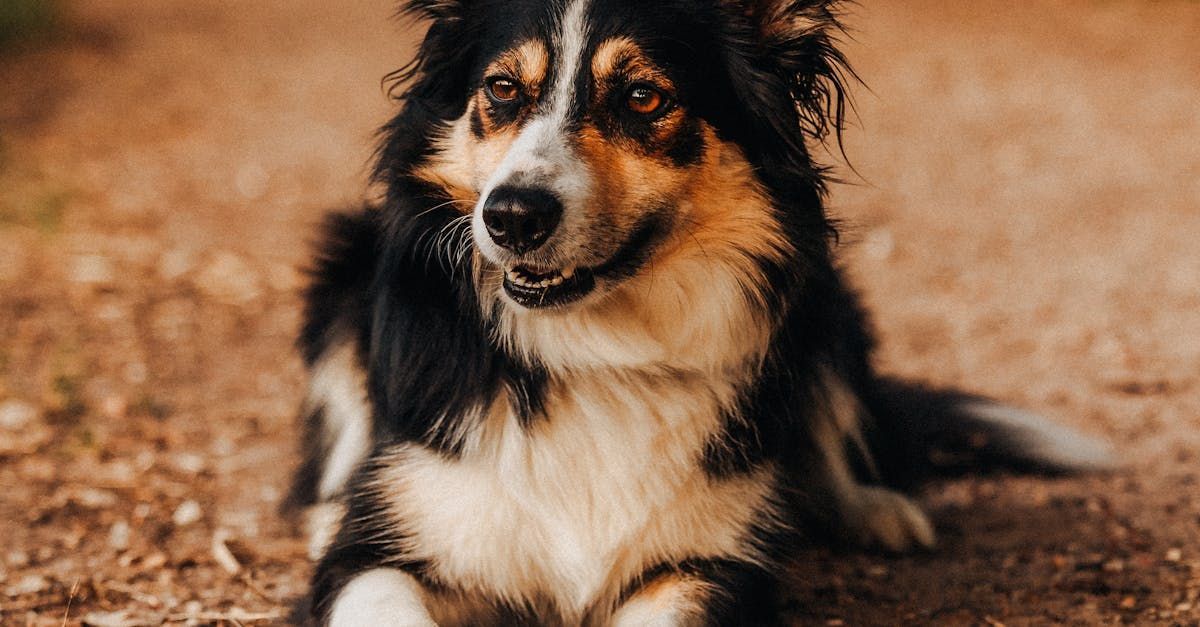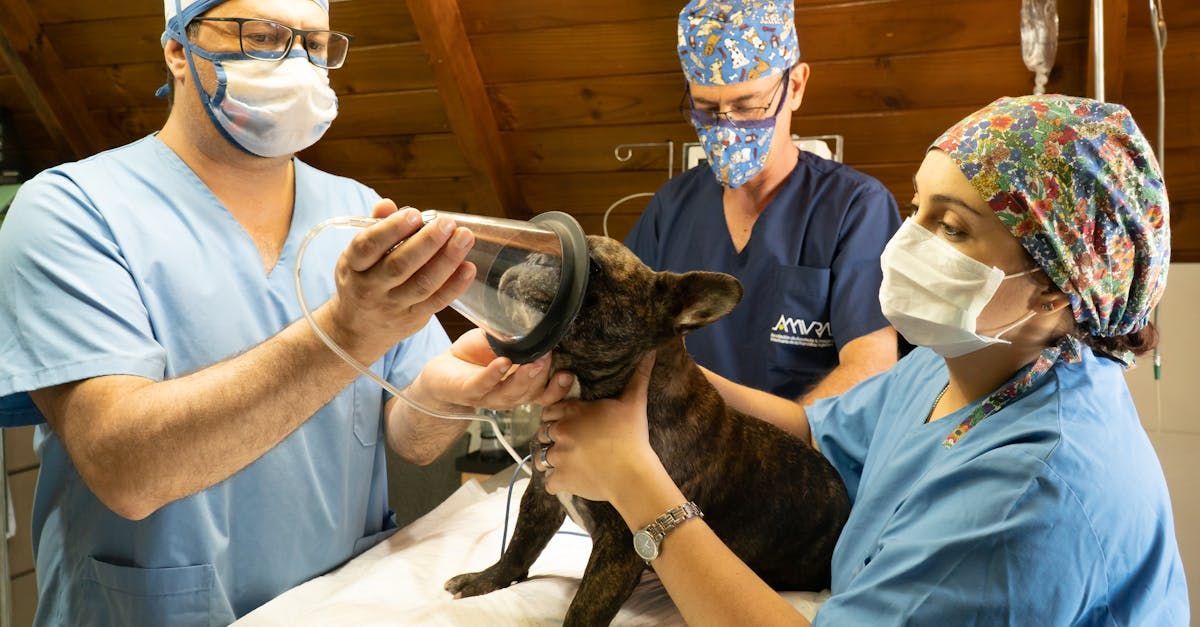Comprehensive Guide to Potty Training Methods for Your Newly Adopted Puppy
You've adopted a puppy from a Rescue, and you need to work on potty training...
Congratulations on adopting your new furry friend from a dog rescue! Bringing a new puppy into your home is an exciting and rewarding experience, but it also comes with the responsibility of potty training. Whether your puppy is young or a bit older, establishing good bathroom habits is essential for their well-being and your sanity. In this guide, we'll explore different potty-training methods to help you find the approach that works best for your puppy.
Understanding Your Puppy's Needs
Firstly, it's important to understand that puppies have small bladders and need to eliminate frequently, especially after eating, drinking, playing, or napping. A general rule of thumb is that puppies can typically hold their bladder for about one hour for every month of age, plus one hour. For example, a 3-month-old puppy can usually hold it for about 4 hours.
Method 1: Crate Training
Crate training is a popular and effective method for potty training puppies. Here's how to do it:
Step 1: Introducing the Crate
- Choose a crate that is large enough for your puppy to stand up, turn around, and lie down comfortably.
- Make the crate cozy with bedding and toys to create a positive association.
- Keep the crate in a central area of your home where your puppy can still feel part of the family.
Step 2: Establishing a Schedule
- Take your puppy outside to the designated potty area immediately after they wake up, after meals, after playtime, and before bedtime.
- Use a consistent phrase like "go potty" to associate with the act of elimination.
Step 3: Using the Crate
- When you cannot supervise your puppy, such as when you're sleeping or away from home, place them in the crate.
- Puppies naturally avoid soiling their sleeping area, so this encourages them to hold their bladder until they are taken outside.
Step 4: Positive Reinforcement
- When your puppy eliminates outside, praise them enthusiastically and offer a small treat as a reward.
- Avoid punishing accidents indoors as this can confuse your puppy.
Method 2: Paper or Pad Training
If you prefer not to use a crate or if your puppy's breed is prone to anxiety in confined spaces, paper or pad training may be a suitable alternative:
Step 1: Designating a Potty Area
- Choose a specific area in your home where you'll place puppy pads or newspaper. This should be a spot that is easily accessible to your puppy.
Step 2: Consistency
- Take your puppy to the designated potty area frequently, especially after meals and naps.
- Use a consistent command such as "go potty" to encourage your puppy to eliminate.
Step 3: Managing Accidents
- Supervise your puppy closely when they're roaming indoors and watch for signs that they need to eliminate (sniffing, circling).
- If you catch your puppy in the act of eliminating indoors, gently interrupt them and immediately take them to the designated potty area.
Step 4: Gradual Transition
- Over time, gradually move the puppy pads or newspaper closer to the door leading outside.
- Once your puppy consistently eliminates on the pads or newspaper, start taking them outside to the designated potty area.
Method 3: Supervised Outdoor Training
If you have a secure outdoor area and the time to supervise your puppy closely, outdoor training can be effective:
Step 1: Designating a Potty Area
- Choose a specific area outside where you want your puppy to eliminate. This could be a spot in your yard or a nearby park.
Step 2: Supervision
- Take your puppy to the designated potty area frequently, especially after meals, naps, and playtime.
- Use a consistent command such as "go potty" to encourage your puppy to eliminate.
Step 3: Rewards and Consistency
- When your puppy eliminates outside, praise them enthusiastically and offer a small treat as a reward.
- Be patient and consistent with your training efforts, as it may take some time for your puppy to understand.
Tips for Success
- Patience is key: Potty training takes time and consistency. Be patient with your puppy and celebrate their successes.
- Clean accidents thoroughly: Use an enzymatic cleaner to remove any traces of accidents indoors, as residual odors can attract your puppy back to the same spot.
- Stick to a schedule: Consistency is crucial for successful potty training. Stick to a regular feeding schedule to predict when your puppy will need to eliminate.
Conclusion
Potty training your newly adopted puppy requires patience, consistency, and understanding. Each puppy is unique, so it's essential to adapt these methods to suit your puppy's individual needs and temperament. With time and positive reinforcement, your puppy will learn good bathroom habits and become a well-adjusted member of your family. Enjoy this special bonding time with your new furry friend, and here's to many happy and accident-free days ahead!



